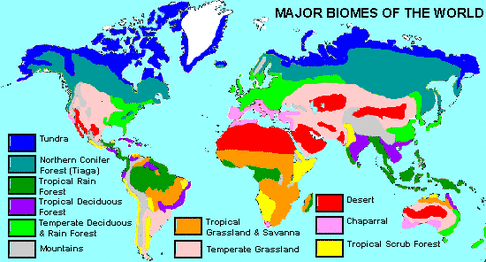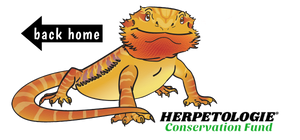When Wilderness Is Lost, So Are They

Made using stock image. (edited)
Sustenance. To sustain. Where the food source goes life soon follows. Being human, we were lucky enough to control the production of our food, but what happens if we lose control? Climate change affects many species around the globe. Here's how:

Photo from Weebly.
Polar bears are our largest terrestrial predators. Their body masses are shrinking with the ice of the Tundra. As we see less ice, we see less of their prey. The notorious ringed seal. Ringed seals are most common in places that have ice, but what happens when that ice runs out?
Ringed seals are smaller in size compared to other seals. Other seals found in a polar bears diet are the bearded seal, harbor seal, hooded seal, and harp seal. In the Arctic, food options are limited. Bearded seals on average weigh up to 800 pounds! It would take a fully grown polar bear to handle one adult, so typically they go for their pups.
Predators instinctively travel to where they believe they will find food. Here we see a Polar bear that got confused and wound up in a dry, arid climate in its natural biome in its pursuit of food. Sadly, with no luck. It's lost. Poor judgement based on its environment. What happened to all of the ice or snow?
The Tundra already sees less precipitation on average than most biomes. With shrinking permafrost, none of that precipitation turns to ice, leaving us a dry, arid terrain as seen in the video. This explains why we are seeing less ice or snow on the surface.
Typically, these terrains are formed by permafrost. Permafrost is a thick layer of soil and other elements that remains frozen and held together by ice year-round. Global warming is causing the permafrost of the Tundra to melt. These terrains formed by permafrost are not always covered in snow or ice. Sometimes, they are just as Earthy as the other parts of our biomes.

The layers of permafrost. Photo credit: Benjamin Jones, USGS. Public domain (modified)
The 'active layer' of permafrost does not stay frozen all year. In colder climates, the active layer is thinner, and in warmer climates the active layer expands several meters. This is why we typically do not see foliage or trees growing in the Tundra in colder climates. Now, we're starting to see the active layers of the Tundra expand as the ice disappears.
What does this mean for our wildlife? It could mean that we will start to see terrestrial predators in parts of the world where they never were before. Polar bears could migrate to warmer climates in dire search for food.
We see birds migrate to different biomes all the time. Seals will migrate towards the colder ice caps; however, we might see our largest predators seeking alternate food sources with their habitat loss as their prey moves further away. Marine animals are migrating almost 600 miles away from where they were naturally abundant less than a decade ago. Polar bears can also feed on Beluga whales if they are lucky to encounter one, but with given evidence they would really be gambling at a loss on that one. What could this mean for our environment?
Well, it means we are warming up. We can see it take hold in the desperation of our Polar bears. The Tundra is a frontier for us to build or drill for oil, which threatens its natural state. When it comes down to it our biggest threat is climate change. When the permafrost thaws it releases harmful greenhouse gases that would accelerate global warming even more, making our efforts to stop it damn near impossible as consumerism conquers the Globe.
Polar bears are not going extinct. They are listed as 'VULNERABLE' for their conservation status, meaning that without improvements they will become endangered.
Thanks for reading!
~Konrad





Leave a comment